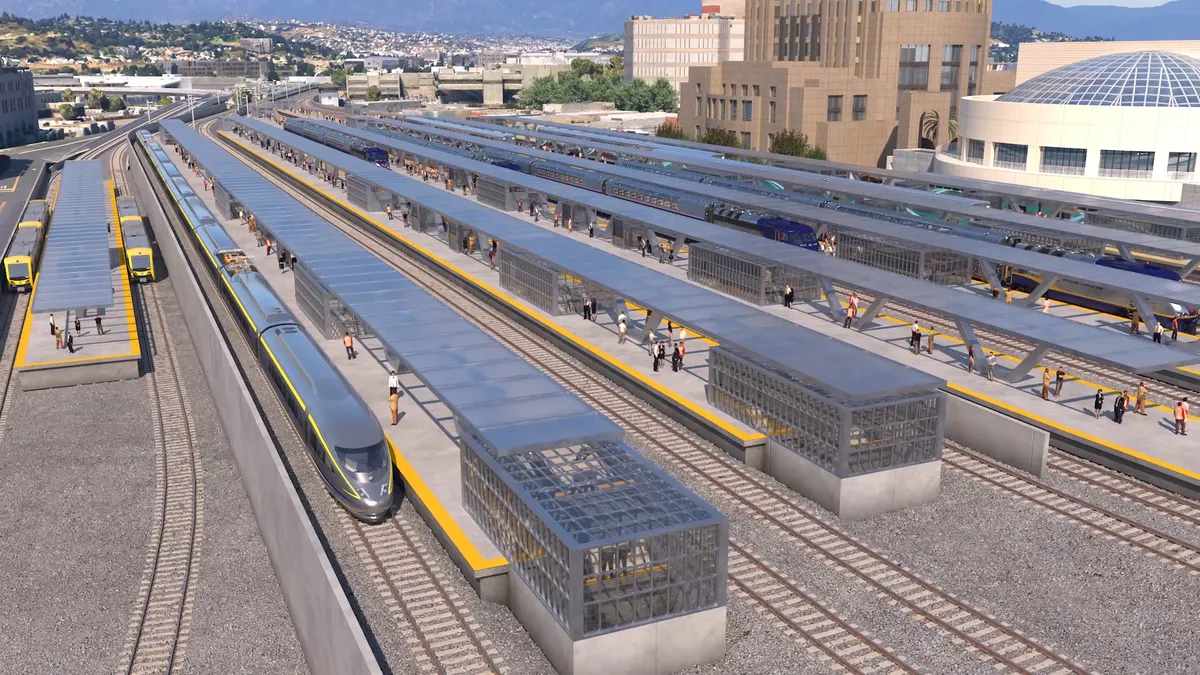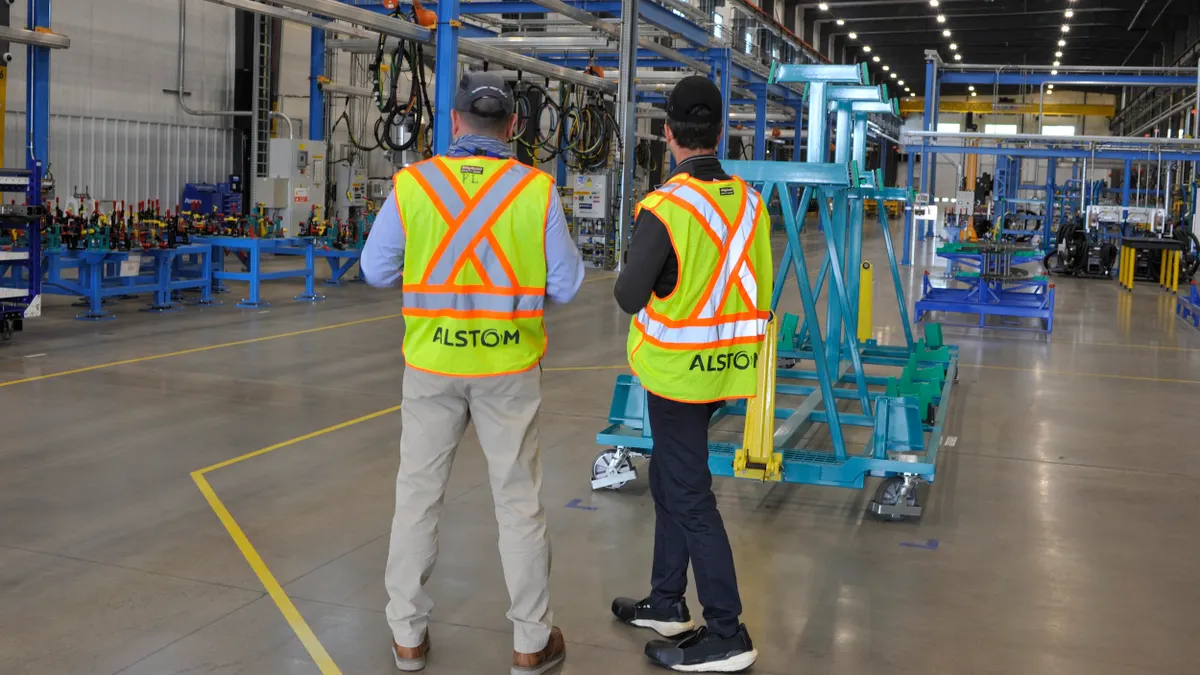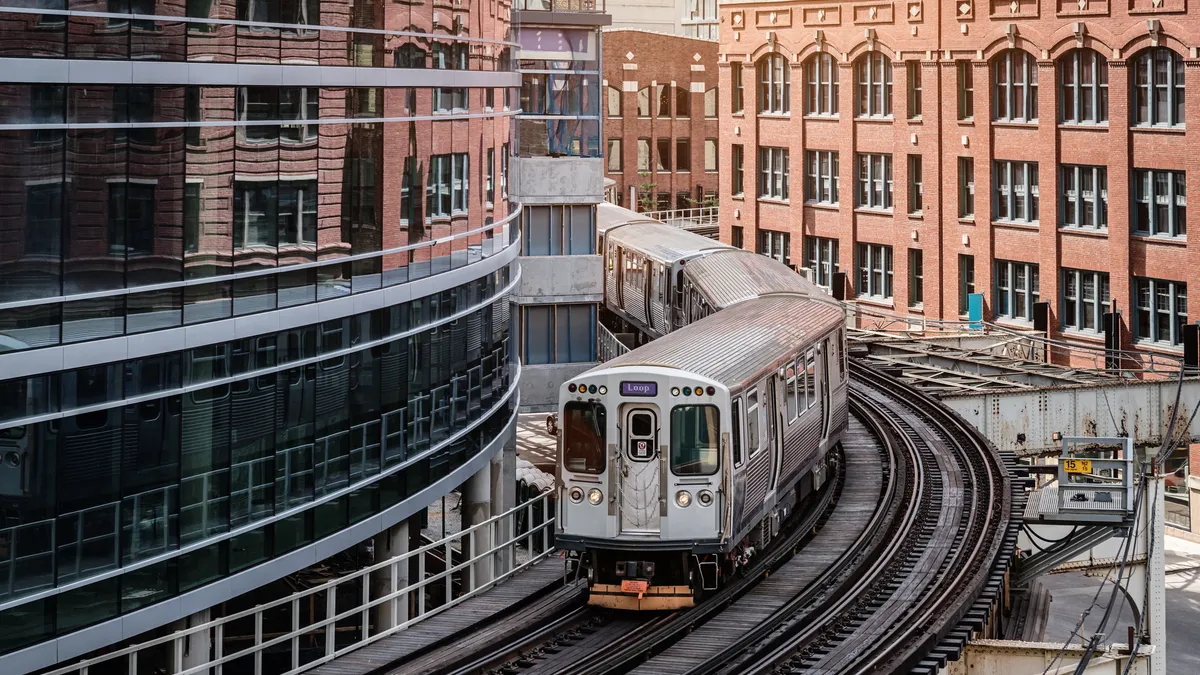Editor's Note: The following is a guest post from Alison McGee and Samantha Stephan, marketing associates at RoadBotics.
Local governments are like the fascia in our muscles. Similar to the intricate network of connective tissues that help us move, there is an extensive network of 39,044 local governments in the U.S. that act as the connective material tirelessly holding our society together.
While citizens tend to their families and jobs, local governments work to ensure essential systems like water, housing and transportation are operating smoothly. Growing populations and demands for these services make it more critical than ever that local governments think decisively about how their communities can implement more sustainable practices.
These practices do not need to be overly complicated — and even some minor adjustments to existing practices can directly benefit the environment, economy and culture of a city.
Take pavement management. Using a data-driven preventative maintenance strategy in such management can address minor repairs to pervasive surface distresses — such as patching roads with crack sealing — before they escalate to pavement failure that would require a solution like resurfacing.
This approach to sustainability can also be synonymous with efficiency. The more efficient a process is, the fewer resources are wasted and the longer the infrastructure lasts.
Reducing environmental impact
Asphalt pavement is one of America's most recycled materials, with about 100 million tons reused to surface and support new roads each year. There are approximately 2.6 million miles of paved roads in America's road and highway network — enough to circle the Earth more than 100 times — and 94% are surfaced with asphalt pavement.
The utilization of asphalt to construct new roads impacts the environment throughout its lifecycle: material, construction, maintenance, use and end-of-life phases. This cycle was repeated many times to create America's giant road and highway network — arguably too many times to make asphalt a sustainable material in the long-term.
While there is a wide range of academic research measuring the environmental impacts of asphalt, it is acknowledged that its material and use phases are the most significant contributors of environmental harm. And with the exception of the end-of-life phase, each step of its lifecycle contributes to fossil fuel and mineral depletion, greenhouse gas emissions, acidification and air and water toxicity.
For example, between the material and construction phases, it is estimated that 1,400 to 2,300 tons of CO2 are released during the construction of one mile of roadway. And while the maintenance phase of asphalt is also a carbon contributor, it is significantly less impactful than the material phase. Therefore, a preventative maintenance strategy is a much more sustainable practice than reconstructing roads.
Understanding that asphalt pavement is not a sustainable solution over the long term, pavement scientists are discovering alternative solutions to create road surfaces including recycled plastic, cigarette butts, plant-based materials and even coffee cups.
Stretching infrastructure budgets
Creating new roads is a drain on resources, but isn't it inevitable? Well, not necessarily.
By implementing preventative maintenance strategies to keep existing roads in their best conditions for longer, local governments can start to improve their road network at-large.
As a starting point, it costs approximately $1 million to pave one mile of new road. Compare this with the average costs of patching a pothole at $100-$300, or crack sealing at $0.35-$1.00 per linear foot, and you see a significant cost advantage in performing preventative maintenance over repaving.
Additionally, new AI-based technologies make pavement management more efficient and cost-effective. For example, automated pavement assessments reduce time spent in the field, increase safety for field crew and produce objective road condition data for well-informed decision making.
Where traditional assessment methods take months to complete, data collection for an automated assessment takes only two or three days. These digitized assessments reduce labor costs and time of analysis, and make the data viewable from a desktop or mobile device.
Using a granular approach to pavement management will extend the life of the roads, thereby reducing the cost of repairs over time. Preventative maintenance allows local government to stretch their budgets sustainably and conserve taxpayer dollars.
Societal benefits
Roads are the foundations for society; they are what connect people to businesses, the wilderness, family and friends. Without well-maintained roads, the billions of vehicles miles traveled each year wouldn't be possible, resulting in negative implications for society. In short, better-maintained roads result in increased connectivity and noticeable societal benefits.
Additionally, advocating for more sustainable transportation options like public transit, walking, biking or ride-sharing helps to keep roads in better condition. The benefits are two-fold: These alternatives reduce vehicle congestion, thereby reducing distresses caused by traffic loading, and provide citizens with health benefits such as fresh air and exercise.
While pavement management is one niche area of local government responsibility, implementing a sustainable preventative maintenance approach can result in big wins for the environment, economy and society.


















